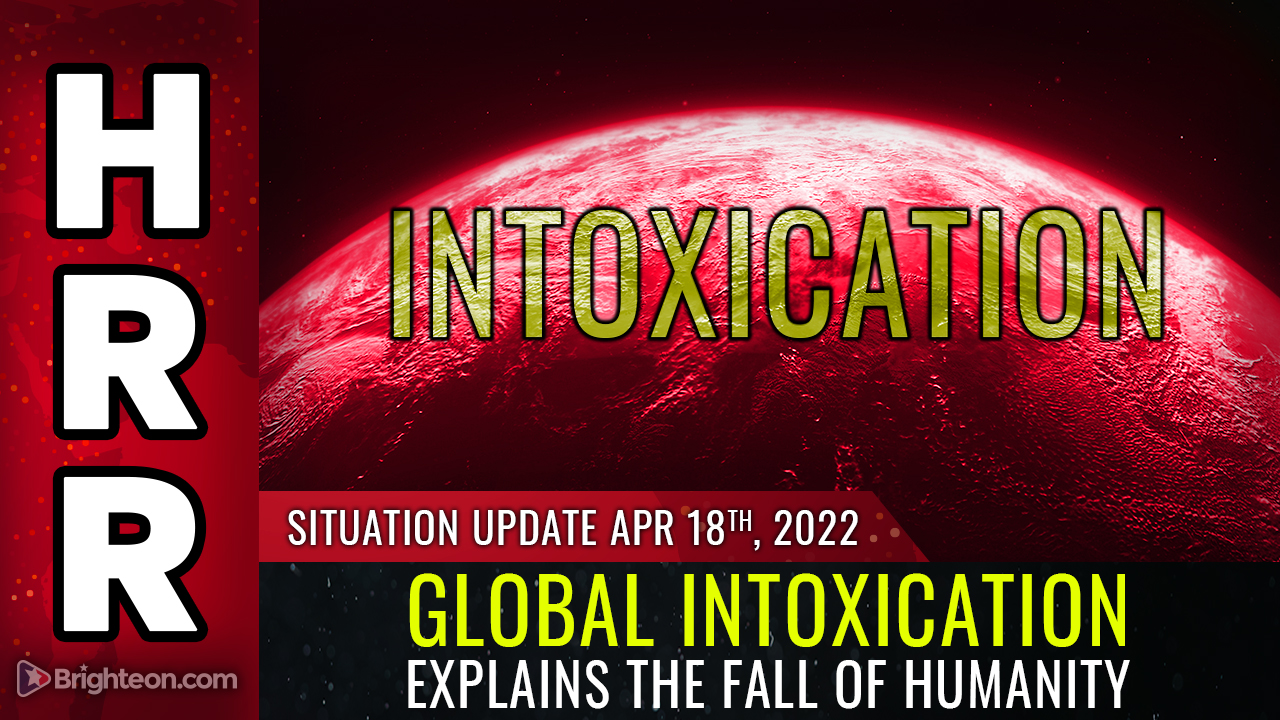What’s really in your tap water? (The answers might surprise you)
10/16/2019 / By Cassie B.

How often do you wander over to the sink, fill your glass with water, and mindlessly drink it as you go about your day? Water may be essential to sustain us, but if you’re drinking tap water, you could also be ingesting chemicals that are damaging your health. Do you know what’s really in your tap water?
The contaminants that have been found in American drinking water have been linked to problems ranging from fertility and hormonal problems to brain damage and cancer. Even those that do meet the fairly lax regulatory standards in place could have levels that exceed those deemed safe by scientific studies.
On top of that, it has been more than two decades since the Environmental Protection Agency (EPA) has added a new contaminant to the water pollutant regulations, which means there are countless toxins in our water that are unregulated.
How can you tell if your water is contaminated?
Sometimes the signs that something isn’t quite right in your water are obvious – a sudden change in color or odor, for example, always warrants further investigation. However, many of the most dangerous chemicals lurking in drinking water are the hardest to detect, and that’s why tap water testing can be a good idea.
Sending your samples off to a lab might not be practical, but you may be able to find out more about your water online. If you use a municipal water supply, check out the EWG Tap Water Database. With this valuable resource, you can enter your zip code to pull up a list of local water authorities and see a breakdown of the contaminants that have been detected according to data from the EPA and state agencies, including those that exceed health guidelines and those that do not. You can also find out what health dangers they’ve been linked to.
The people in Flint, Michigan, learned this lesson the hard way when it emerged that their drinking water was contaminated with lead. This only came to light after children started getting sick and a concerned mother got in touch with the EPA. The national attention prompted many people around the country to look at their own water supplies, and it was then discovered that lead contamination was not just in Flint’s water but in many schools and communities throughout the U.S.
Unfortunately, no amount of lead exposure is considered safe, and young children in particular can suffer from irreversible brain damage if they drink lead-contaminated water. According to the data the EWG compiled, nearly 19,000 public water systems in the U.S. had lead at a risky level. How many people drank this without realizing the dangers?
In some areas, pesticides and other fertilizer byproducts have made their way into the local water. This is the case in Topeka, Kansas, where atrazine has been found in drinking water sources. Factories in your area can also release all manner of toxins into the environment, and by extension, the water supply.
Another common industrial chemical that has been coming under increasing scrutiny is PFAS, which has been linked to hormone disruption and a higher risk of cancer. It’s now found in as many as one third of America’s drinking water supplies, with the toxic subtype PFOA being particularly prevalent.
What can you do about contaminated drinking water?
Once you have a better idea of what is actually lurking in your tap water, you might consider getting the right filter to remove these toxins. They are available in a wide range of prices, but the more expensive reverse osmosis filters are often worth the higher price tag thanks to their ability to remove a broader range of chemicals.
Don’t assume your local tap water is safe. Do some research, get your water tested if you can’t find recent data, and take measures like water filtration to ensure you aren’t doing your body more harm than good when you drink water.
Sources for this article include:
Submit a correction >>
Tagged Under:
Atrazine, clean water, disease causes, drinking water, environment, EWG, Lead, poison, tap water, toxic chemicals, toxic elements, toxic ingredients, toxic water, water, Water contamination, water filter
This article may contain statements that reflect the opinion of the author
RECENT NEWS & ARTICLES
COPYRIGHT © 2017 TOXINS NEWS


















